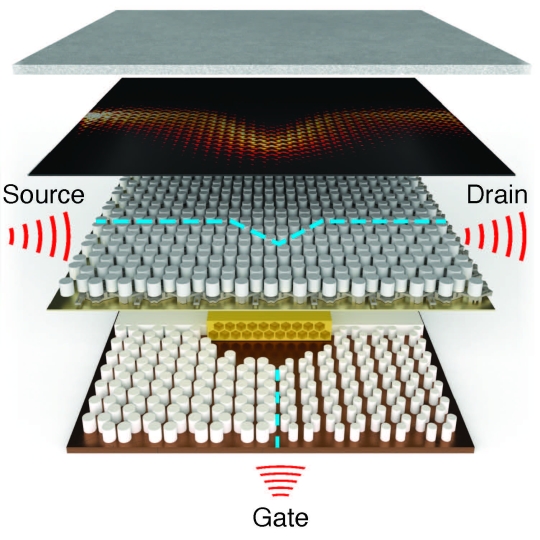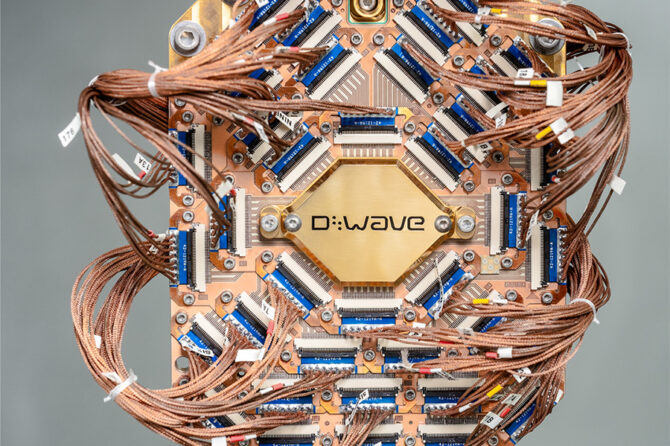Researchers at Harvard University have achieved a breakthrough in developing the first topological acoustic transistors, offering a novel approach to controlling sound waves rather than electrons. This innovation addresses a key challenge in topological materials, where controlling the flow of electrons has proven difficult despite their promising potential for high-efficiency electronics.
The research team, led by Jenny Hoffman from Harvard’s School of Engineering and Applied Sciences and Department of Physics, designed a system using acoustic topological insulators that bypasses the complex quantum mechanics typically associated with electronic topological materials. Their work, published in Physical Review Letters, demonstrates a practical approach to creating switchable topological systems.
The device’s core design consists of a honeycomb lattice of steel pillars mounted on a high-thermal-expansion plate within an airtight enclosure. The lattice features an asymmetric design with different-sized pillars on each half, determining how sound waves propagate through the system. The researchers incorporated a second device that converts ultrasound to heat, which expands the pillar lattice and alters the waveguide’s topology. This combination enables one waveguide to control another, mimicking the functionality of conventional electronic transistors.
A key advantage of this acoustic system is its scalability. The design principles work effectively at both centimeter scale with ultrasonic frequencies and at sub-millimeter sizes used in surface acoustic wave transmission. This versatility makes it particularly valuable for addressing limitations in integrated phononic circuits.
Harris Pirie, the study’s lead author and current Marie Curie Postdoctoral Fellow at Oxford University, highlights several potential applications for this technology, including acoustic noise reduction, one-way sound propagation, ultrasound imaging, echolocation, acoustic cloaking, and communications.
Beyond its practical applications, the technology holds significant educational value. Unlike complex quantum-mechanical systems, these acoustic metamaterials provide an intuitive, tangible way to demonstrate principles of topological insulators and condensed matter physics. The research team plans to create an interactive demonstration for students and museum visitors to experience the technology firsthand.
This breakthrough, while not directly solving the challenge of electronic topological transistors, establishes a valuable design framework that could be applied to quantum materials and photonic crystals, suggesting potential pathways for developing electronic and optical counterparts in the future.
Reference: Harris Pirie, Shuvom Sadhuka, Jennifer Wang, Radu Andrei, Jennifer E. Hoffman. Topological Phononic Logic. Physical Review Letters, 2022; 128 (1) DOI: 10.1103/PhysRevLett.128.015501




